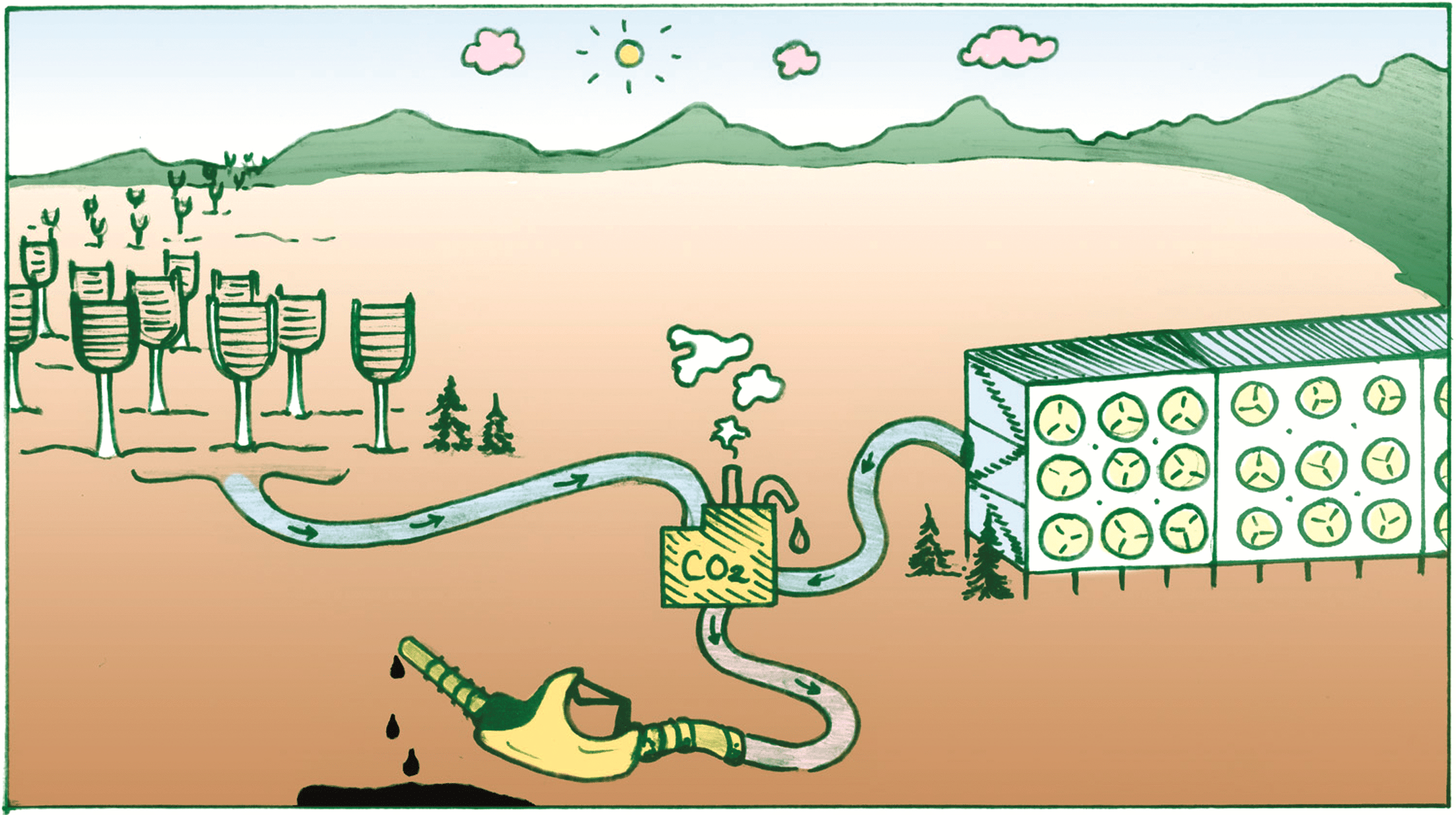
Image Source: Google
As the world faces the urgent threat of climate change, innovative solutions are needed to combat the rising levels of greenhouse gases in the atmosphere. One cutting-edge technology that is gaining momentum in the fight against climate change is Direct Air Capture (DAC). This revolutionary technology has the potential to remove carbon dioxide directly from the air, effectively helping to reduce emissions and mitigate the impact of global warming. Let's explore how DAC is transforming the way we approach climate solutions.
The Concept of Direct Air Capture
The best Direct Air Capture is a process that involves capturing carbon dioxide directly from the air using specialized chemical reactions and materials. This technology essentially mimics the natural process of photosynthesis, where plants absorb carbon dioxide from the atmosphere and convert it into energy. By harnessing the power of DAC, we can effectively remove carbon dioxide from the air and store it in a controlled environment, preventing it from contributing to the greenhouse effect.
How Direct Air Capture Works:
- Air is drawn into a DAC system, where it comes into contact with a chemical sorbent that selectively captures carbon dioxide molecules.
- The captured carbon dioxide is then separated from the sorbent through a series of chemical processes.
- The purified carbon dioxide can be stored underground, utilized in industrial processes, or converted into valuable products such as synthetic fuels or building materials.
The Advantages of Direct Air Capture
Direct Air Capture offers several key advantages that make it a promising technology for combating climate change:
Advantages:
- Carbon Neutrality: DAC can effectively remove carbon dioxide from the atmosphere, making it a carbon-neutral technology when powered by renewable energy sources.
- Scalability: DAC systems can be scaled up or down based on the amount of carbon dioxide that needs to be captured, making it a versatile solution for addressing emissions at various scales.
- Location Flexibility: DAC systems can be deployed in a variety of locations, allowing for targeted carbon capture in areas with high emissions or where geological storage options are available.
- Resource Recovery: The captured carbon dioxide can be used to create valuable products or stored underground for long-term sequestration, providing economic incentives for DAC deployment.
Challenges and Limitations
While Direct Air Capture holds great promise as a climate solution, there are several challenges and limitations that need to be addressed for widespread adoption:
Challenges:
- Energy Intensive: DAC technologies currently require significant amounts of energy to operate, which can limit their overall efficiency and environmental impact.
- Cost Considerations: The upfront costs of implementing DAC systems can be high, making it essential to develop cost-effective solutions that are accessible to a wide range of industries and applications.
- Technological Innovation: Continued research and development are needed to improve the efficiency and effectiveness of DAC technologies, as well as to explore new materials and approaches for carbon capture.
The Future of Direct Air Capture
Despite the challenges ahead, Direct Air Capture represents a promising avenue for reducing carbon emissions and combating climate change on a global scale. As the technology continues to evolve and mature, we can expect to see greater integration of DAC systems into existing infrastructure and industries, as well as innovations that enhance their performance and sustainability.
Future Developments:
- Integration with Renewable Energy: Pairing DAC systems with renewable energy sources such as solar or wind power can help reduce their carbon footprint and enhance their overall sustainability.
- Policy Support: Government incentives and regulations that promote carbon capture and storage technologies can help drive investment and adoption of Direct Air Capture on a larger scale.
- Collaborative Partnerships: Industry collaboration and international cooperation are essential for advancing DAC technology and sharing best practices for carbon capture and storage.
Conclusion
Direct Air Capture has the potential to revolutionize climate solutions by offering a scalable and versatile approach to reducing carbon emissions and mitigating the impacts of global warming. While there are challenges to overcome, the continued development and deployment of DAC technologies are essential for achieving carbon neutrality and creating a sustainable future for generations to come.
0 Comments